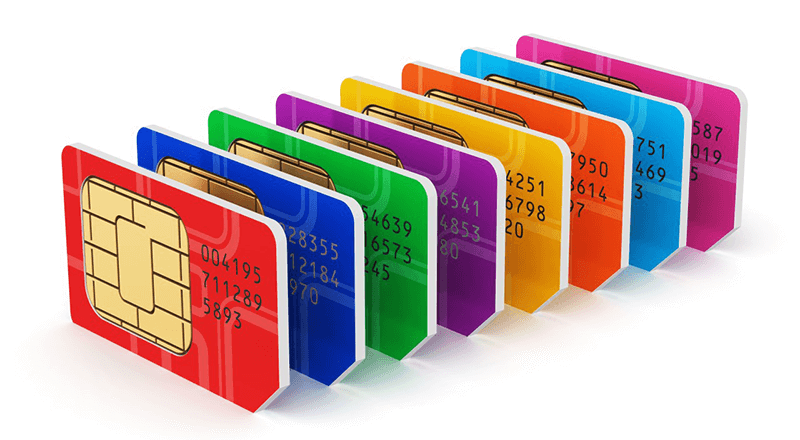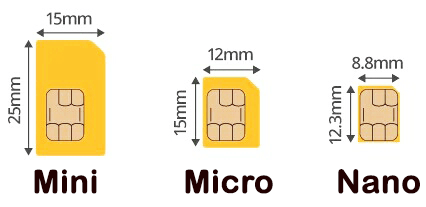Subscriber Identity Module (SIM)
Last Updated by Monika Dadool
0 4647
SIM stands for Subscriber Identity Module i.e. a small rectangular chip stores the ISMI (International Mobile Subscriber Identity), telephone numbers, and various parameters for identifying subscribers on mobile devices.
SIM is embedded in a smart card and used in GSM phones. A universal integrated SIM card is a new generation SIM card.
* GSM (Global Mobile System)

Working of a SIM Card:
When you turn on your phone, it will acquire the IMSI from the SIM card and transmits it to the network. The network analyses the IMSI and its database for searching its authentication key.After getting an authentication key, the network creates a random number, X, which further signs it with authentication key to encrypt it and send it to SIM. The SIM then decrypt the random key. If it matches with the random number then the SIM card is confirmed genuine and then access is granted.
Information's stored on a SIM card:
- IMSI
- ICCID
- Personal Unblocking Code
- Network Information
- PINRate Plan
- LAI
Features of a SIM card:
- SIM cards store 64-bit numbers that serve unique identifier.
- SIM cards help users to make/receive calls and send/receive text messages across the world.
- SIM provides complete security and data integrity to users because it comprises of authentication and encryption features to prevent eavesdropping.
- It permits the user to change device i.e. users can integrate the same SIM in a different mobile device.
- It allows location tracking i.e. we can easily track someone through SIM cards.
- We can easily share internet services through hotspot.
- A subscriber can be easily identified and authenticated via SIM.
Elements of SIM card:
- A 19 digit long ICCID number
- 128-bit Authentication key
- IMSI
- Address book for Contact storage
- SMS
Categories of SIM:
Mini-SIM: Applicable to Older Smartphones and pre-paid phones.Example: Nexus 4
Micro-SIM: This is a standardized SIM found these days.
Example: iPhone 4, Nexus 5, Samsung Galaxy Android phones, and flip phones, are some phones where micro-SIM is used.
Nano-SIM: It is a 4FF SIM, whose size is less than traditional Mini and Micro SIM.
Example: Samsung Galaxy S6, iPhone 5,6,5s and 6 are some phones where Nano SIM cards are used.
Difference between Mini, Micro and Nano SIM's:
The main difference between these SIM's is the size of plastic.
| SIM CARD TYPES | SIZE |
| Mini SIM | 15 mm X 25 mm |
| Micro SIM | 12 mm X 15 mm |
| Nano SIM | 8.8 mm X 12.3 mm |
Cost-effective brands of SIM providers:
- Airtel
- Jio
- Vodafone
- Idea

Share:








Comments
Waiting for your comments